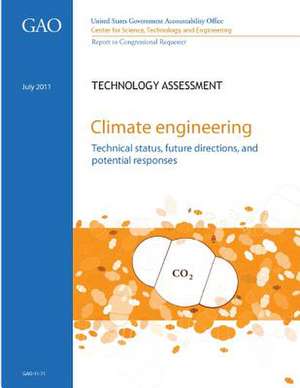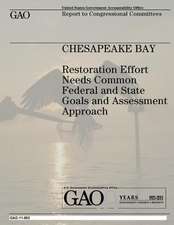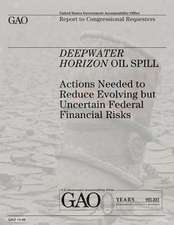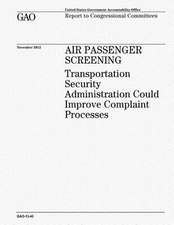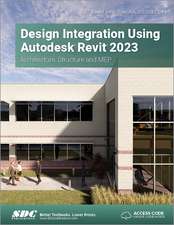Climate Engineering
Autor U. S. Government Accountability Office, Center for Science Tec And Engineering Contribuţii de U. S. Governmenten Limba Engleză Paperback
Preț: 127.64 lei
Nou
Puncte Express: 191
Preț estimativ în valută:
24.43€ • 26.52$ • 20.52£
24.43€ • 26.52$ • 20.52£
Carte disponibilă
Livrare economică 02-16 aprilie
Preluare comenzi: 021 569.72.76
Specificații
ISBN-13: 9781478106203
ISBN-10: 1478106204
Pagini: 136
Dimensiuni: 216 x 279 x 7 mm
Greutate: 0.33 kg
Editura: CREATESPACE
ISBN-10: 1478106204
Pagini: 136
Dimensiuni: 216 x 279 x 7 mm
Greutate: 0.33 kg
Editura: CREATESPACE
